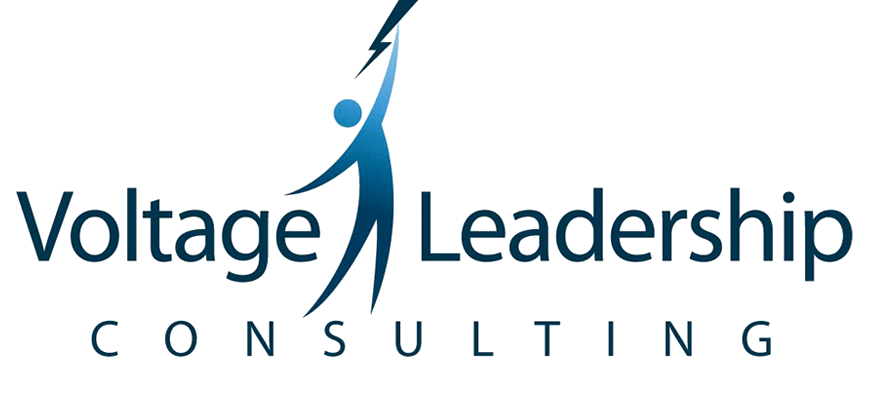Teams That Perform Part II
Last week, we posted Teams That Perform Part I. It was about leaders finding the right variable mix
of Time, Energy, People & Communication to maximize results. Then things changed. Covid hit and is still being managed differently around the country.
Throw in massive civil unrest and a presidential election cycle and we have experienced change the
likes of which our country hasn’t seen since the late 1960’s. In May 2020, we posted a blog titled
Remaining Agile After Covid-19. It was centered around applying Agile values around circumstances
to navigate change. It noted a variance in optimism between leaders and employees with regard to dealing with unknowns thrusted upon the workplace.
Teams That Perform Part II is about applying leadership virtues to successfully lead people through change, (sometimes turbulent change.) It involves giving to those who have been deemed “essential”
and who have carried the load during this time of change.
Please indulge my ancestral Louisiana French heritage, (mon nom de famille est Hebert), in the sharing these two phrases:
Je ne sais quoi
Now is a time for leaders to exercise what the French call je ne sais quoi. This means the leader intentionally puts on their X-factor. That is something extra which employees can rally around as psychological point of stability as they navigate change. It’s almost parental in a way for the short term. Employees need to feel it and see it, whatever “it” is from you!
Lagniappe
This is also a time for leaders to what the Creoles in New Orleans call lagniappe. That is giving a little extra of themselves to their employees or the people around them as they navigate change. Another way that my Voltage Leadership Consulting colleagues Jeff Smith and Jennifer Owen O’Quill put it is to maintain an outward focus.
The illustration below depicts how some people react to change over time.
As we can see, there are predictable stages that people or teams navigate when their world changes.
Key among them is resistance. This is often THE toughest obstacle to overcome on the path to newness.
As change happens, tune in to what kind of resistance you may be encountering. Is it fear of an unknown? Could it be victimhood rearing its head? Might it be just plain anger over having to do things differently? Is it directed at you as the personification of change?
Tips to deal with the resistance stage include: Encourage people to express thoughts & feelings, listen carefully to what is said and what is not said, proactively engage them in the process without waiting for them to acknowledge it, carefully identify what people may be losing and discuss how their role will be impacted by the changes taking place.
Leadership Virtues We Can All Apply -These seven virtues were originally in the poem, Psychomachia, by Aurelius. They have been adapted for our purposes.
1. Kindness - placing the desire to help others above the need to supersede them
2. Temperance - the desire to be healthy, therefore making one fit to serve others
3. Charity - placing the desire to help others above focusing exclusively on one’s self interest
4. Self-control - managing emotional energy and leveraging that energy for the good of others
5. Humility - removing one's ego and therefore allowing the attitude of service
6. Diligence - being both present and engaged with those around us and walking in their shoes
7. Patience - taking time to understand the needs and desires of others before acting or speaking
So as we are faced with precipitous change, keep the self-care up, polish up and apply personal
je ne sais quoi. And for those who have gone the extra mile during change offer some lagniappe.
You will be glad you did!
For additional leadership content from Lee Hubert, click here!
Lee Hubert is a Speaker, Facilitator, Trainer and founder of iTrainManagerforSuccess affiliate of Voltage Leadership, with over 20 years of experience in human resources development in healthcare, technology, financial and energy sectors.

